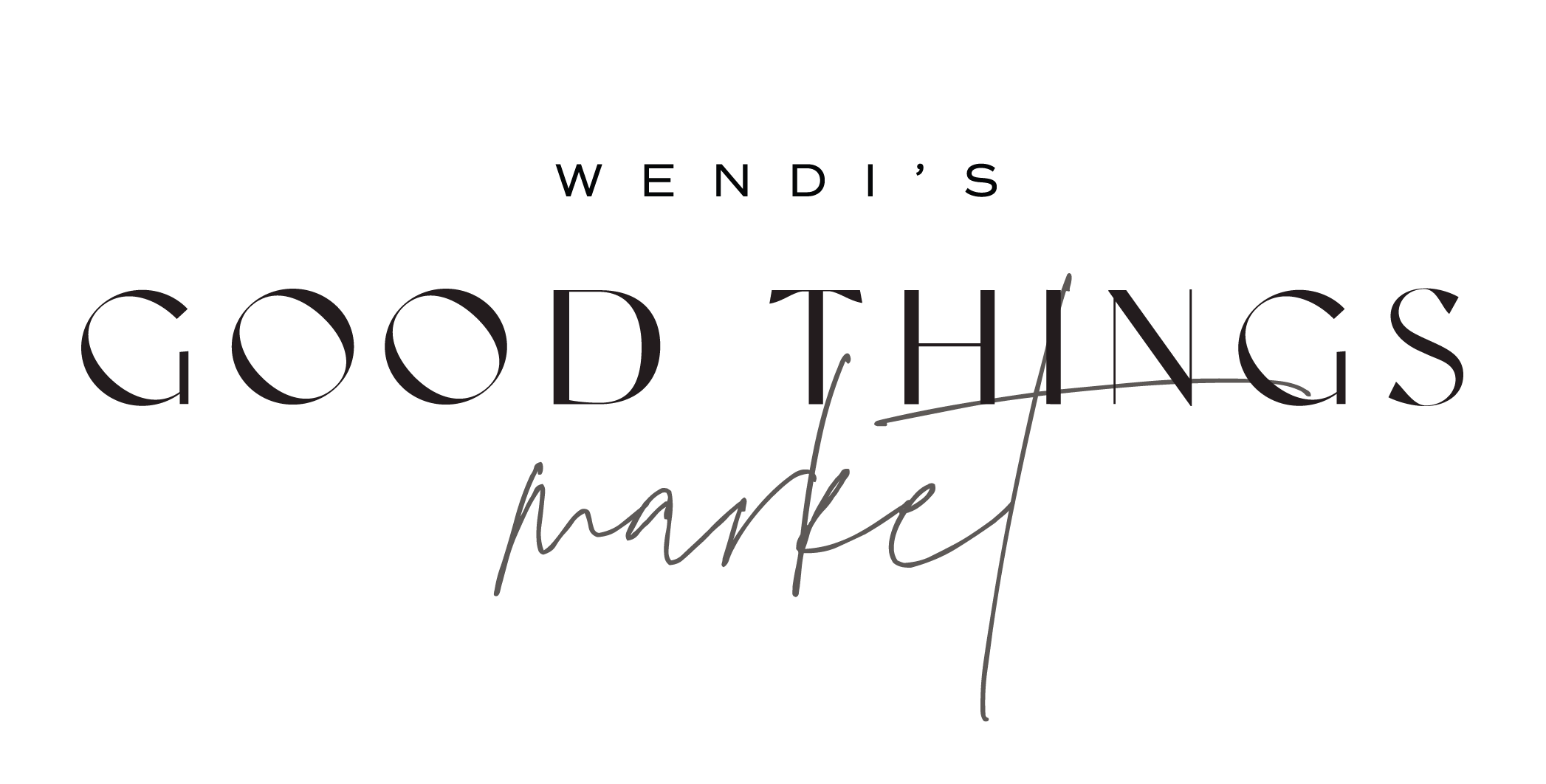If I were to take a poll asking what room in the house others spend the most time in, I can almost guarantee the majority of answers would be the Kitchen! If we are in our Kitchens so much, shouldn’t they greet us?
One tip I always stress to clients and others is that our homes should greet us, and we can accomplish that by creating a story, and a feeling we want to feel and others to feel as soon as they walk into our home. Since we are focusing on Kitchens, how can we create a feeling in that space? Some may think that it is hard to do because when we think about a Kitchen our minds tend to automatically focus on the big, bulky, and not very cute appliances that are needed to make the kitchen a functional space.
But if we changed that? What if we put the focus on something else...something more appealing to the eye, and helps to create the feeling we want but keeping it still functional? The answer is quite simple, Dishes! Once you know how to use Dishes as an accessory and a tool in helping to create the feeling and story you want to tell, your eye (and mind) will be trained to go right to the dishes instead of those bulky appliances!
So how do we go about doing that? I'll show you how to decorate with dishes!
Functional & Non Functional Dishes
- Sort your Dishes into functional (you will use them to place food on), and non-functional (only for display) groups.
- For the Non-Functional Dishes, find one dedicated space in your kitchen where you can show those beauties off (i.e. floating shelves, opened or glass cabinets, a hutch, or mounted plate racks).
- For the Functional Dishes, display those on any surface you have, but keep in mind the kitchen still needs to stay functional, so avoid places on surfaces that could get in the way of food preparation. Floating shelves, counters, islands, cabinets, plate racks, wall-mounted plate racks, Tiered Baskets, etc are all great places to display dishes you will use!
“The Stacking Method”
Once you have separated those Dishes (if needed), now the fun begins!
When you’re styling with Dishes it’s always good to use what I like to call, My stacking method focuses on three main points and steps to remember- Height, Layers, Opposite Directions, & Accessorize! If you remember these four points I promise you will be able to display any item, anywhere, without stress!
Height: When you have height it allows the eye to flow across space easily, and it also adds dimension. Incorporating different heights in a grouping allows things to look more casual than exact (if casual is the look you are going for). Start with the biggest dish that you can stack things on top of and begin to stack smaller dishes on top of them. With each layer, you can have multiple dishes of whatever that layer consists of.
For example 4 Dinner Plates, 6 Salad Plates, 3 Bowls. Obviously, you don’t want the stack to be too high so break the piles up if it’s getting too big.
If you have mugs, you can stack a couple of those on top of each other and place them behind the stack or next to it!
Layers
Layering and Height go hand in hand. You can adjust the height of a stack by increasing or decreasing the number of dishes.
For example You have one stack of dishes sitting in the middle of a shelf, consisting of 8 round dinner plates, 8 round salad plates, and a few bowls on top. On both sides of that middle stack, you have only plates stacked, but they are less in number on each side, and a mirror image of each other. That is what is called Formal Balance when one side is a mirror image of the opposite side and the items are identical. If you’re going for a more casual look, then you would be creating Informal Balance which is when things are not a mirror image but are still visually equal in weight, Visual Weight. To add weight to an informal balance look, simply add items to the “lighter-weight side”, so that it looks equally as heavy to the opposite side.
Opposite Directions
In my own home, I tend to go for a more casual look when I'm showing how to decorate with dishes. For example, when I stack Dishes and the top layer is either mugs or bowls I will lean the very top item of the stack to the side so that it isn’t sitting straight. It is tilting.
If the handle of a mug on one stack is on the left side, then on the mug it’s sitting in I will have that handle on the right side. You can see that in the image below. You can do this same thing when creating a mirror image. Tilt the top items down the direction of the opposite side.
Accessorize
Fill in the gaps. You will have openings in between the stand-alone Dishes and/or stacks, so this is where you can display other items! Try to use items that are different in texture. For example, wood utensils, dish towels, napkins, metals (measuring cups, pitcher), greenery, flowers, books (i.e cookbooks, recipes). If you’re wanting to add more dimension and height you can add a framed picture, recipe, painting, etc behind the dishes.
I hope this has given you some ideas on how to decorate with dishes Kitchen with your Dishes! If you can remember “The Stacking Method” and Formal & Informal Balance, it really will make the decorating process much easier!
ABOUT THE AUTHOR











